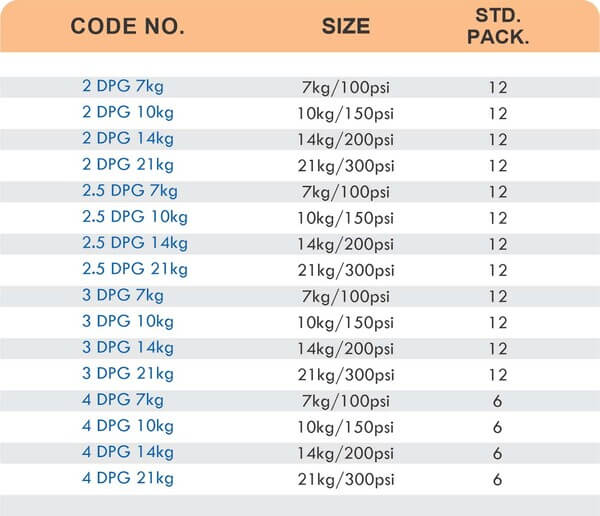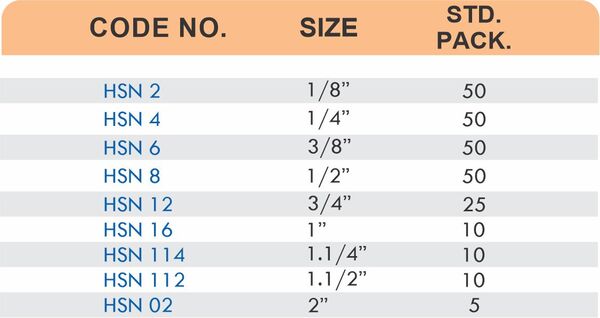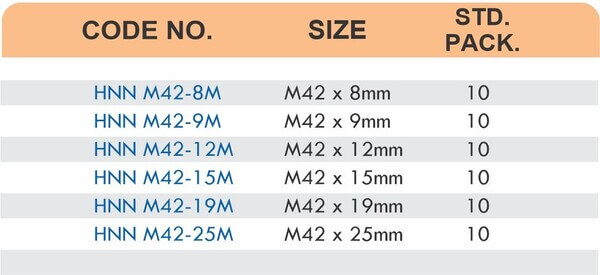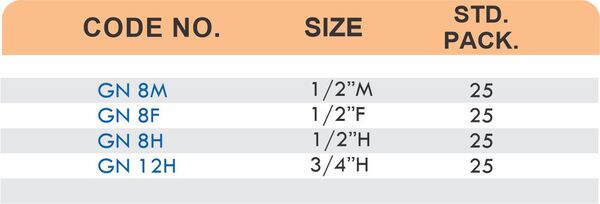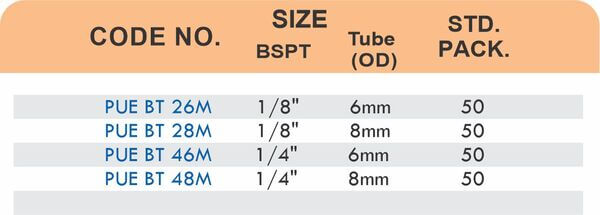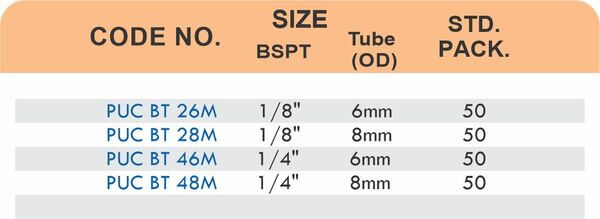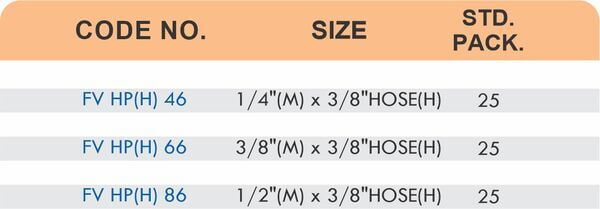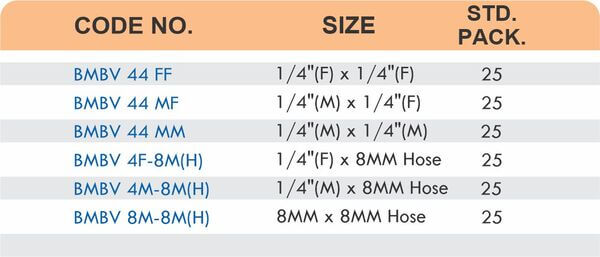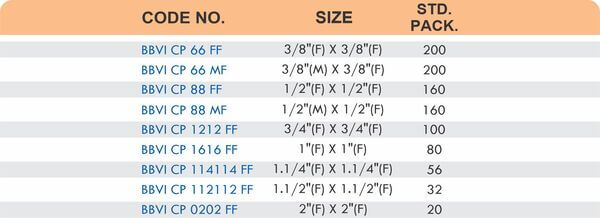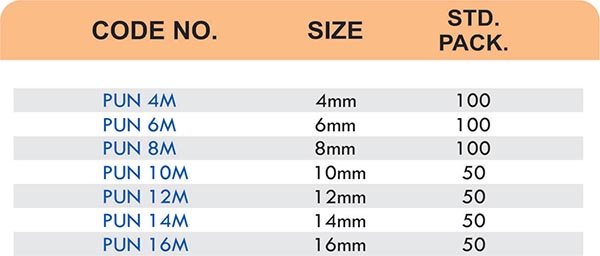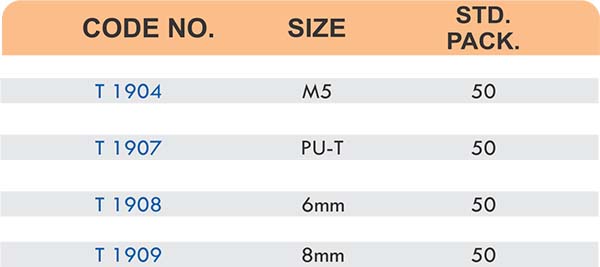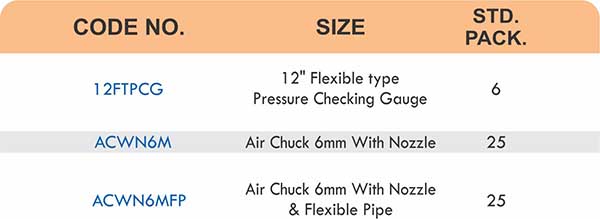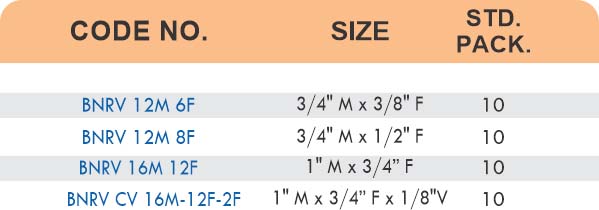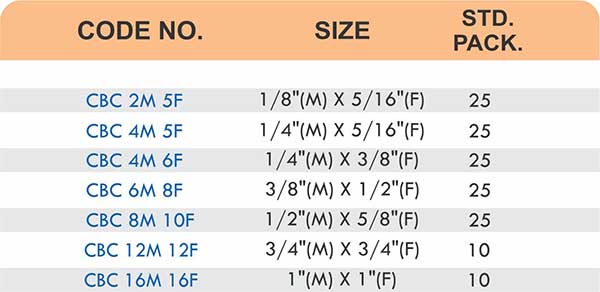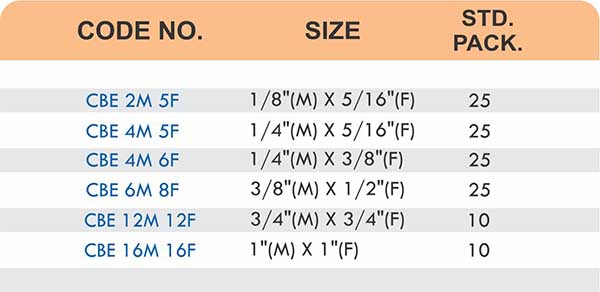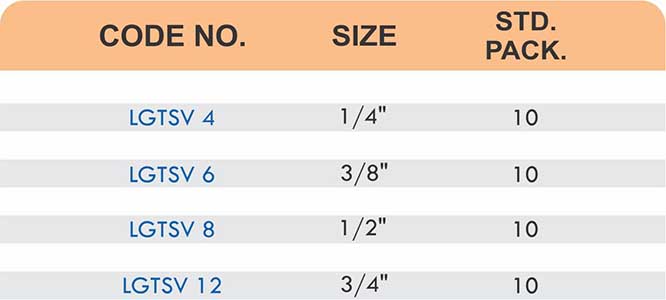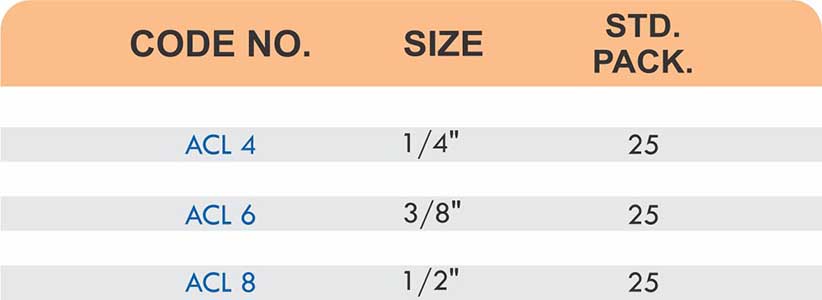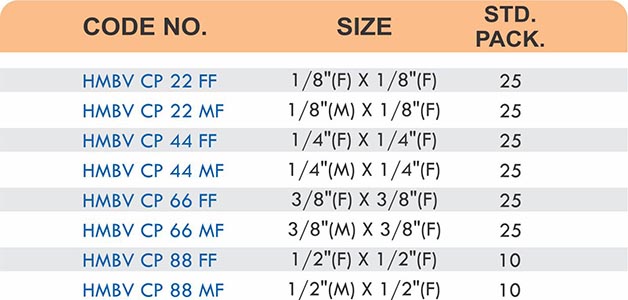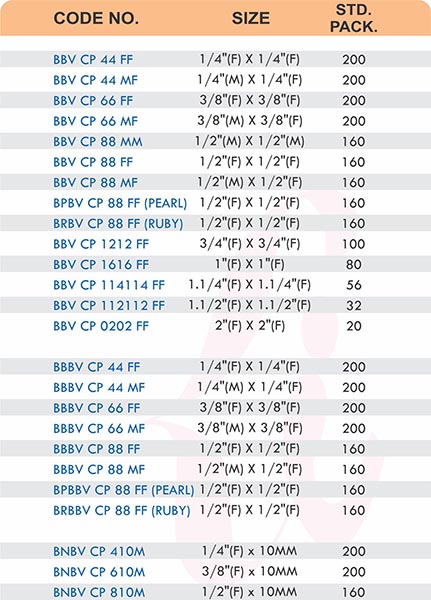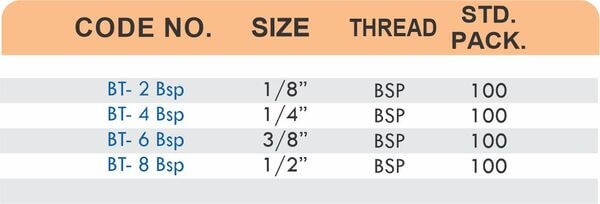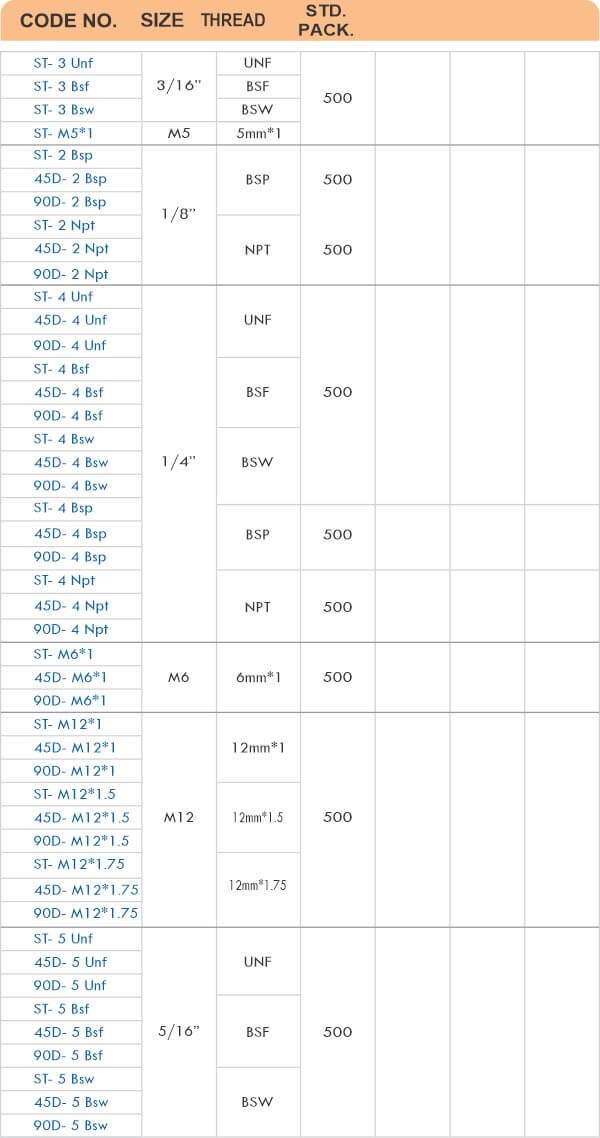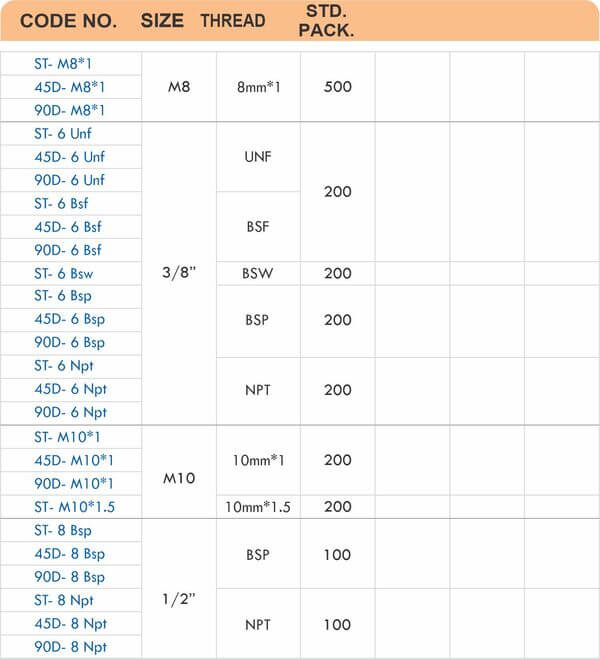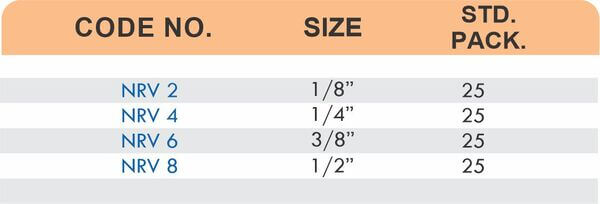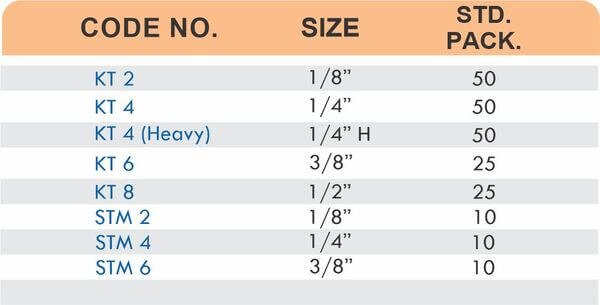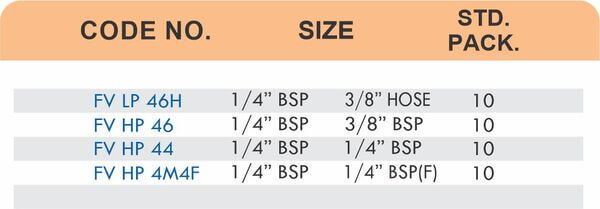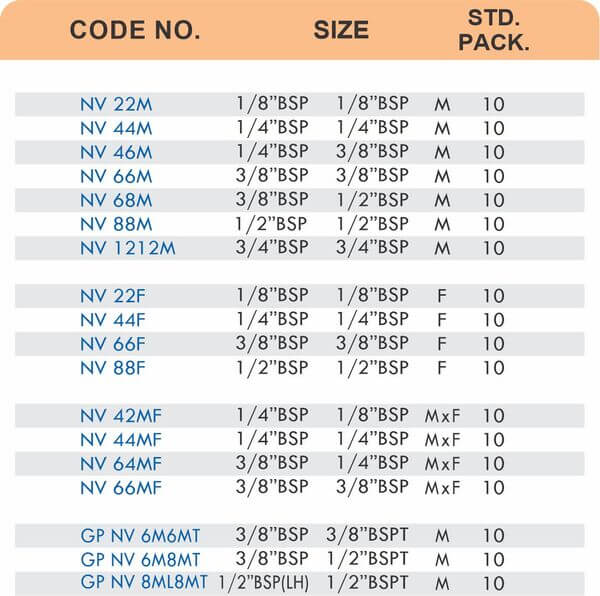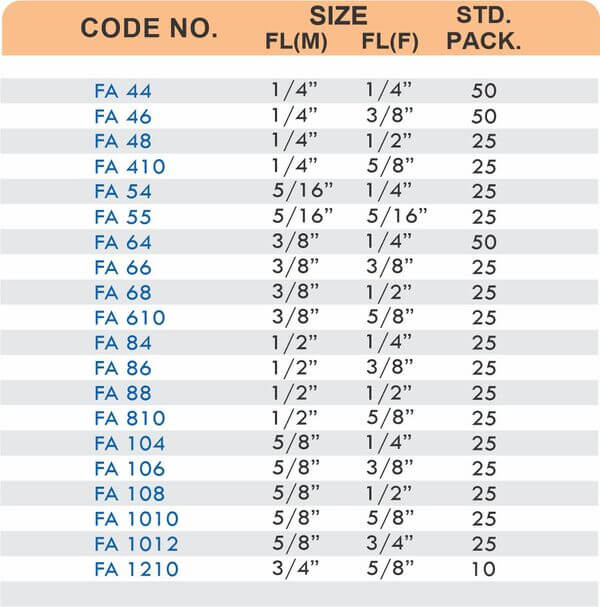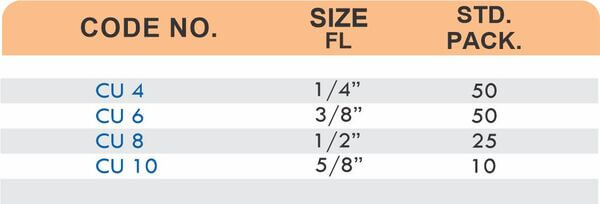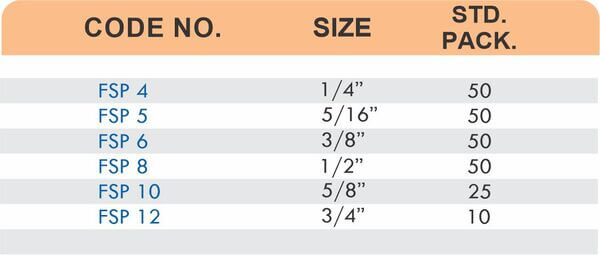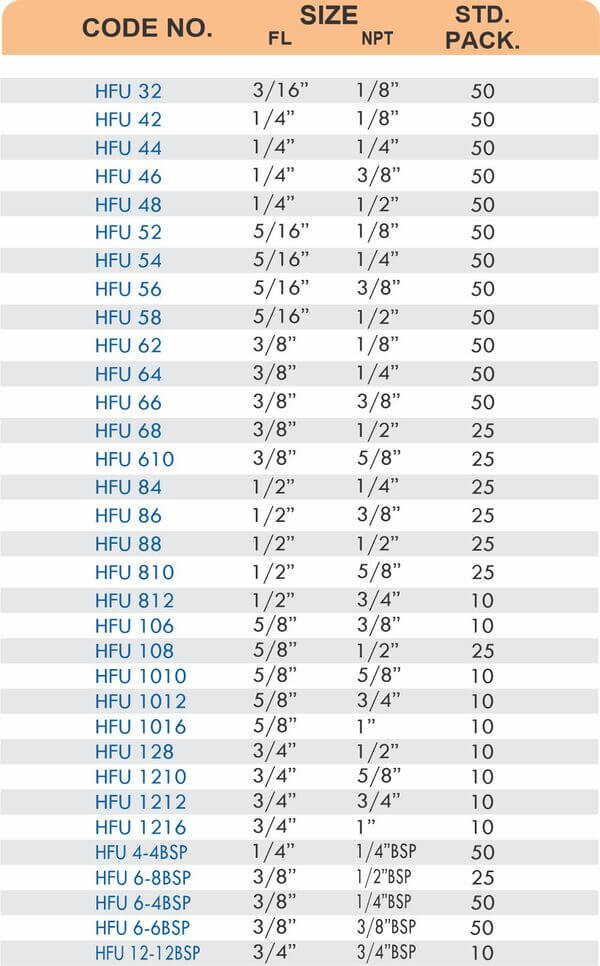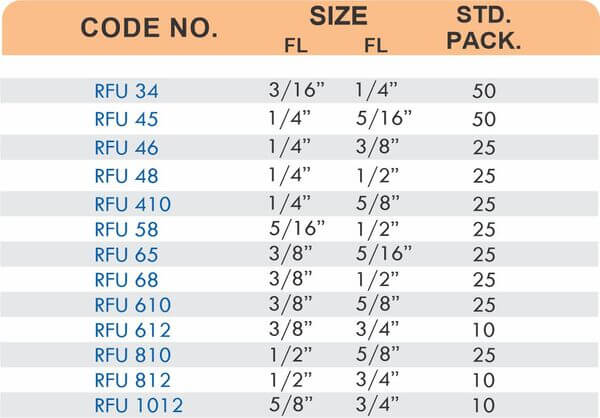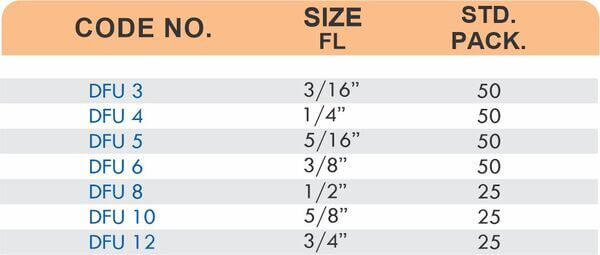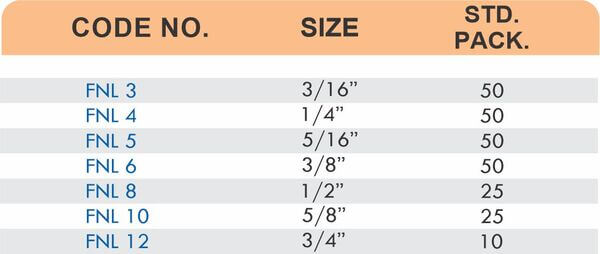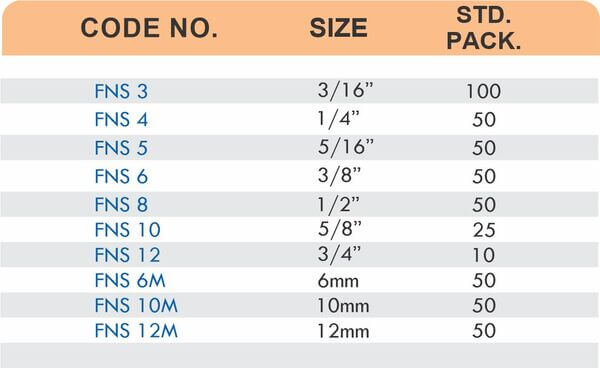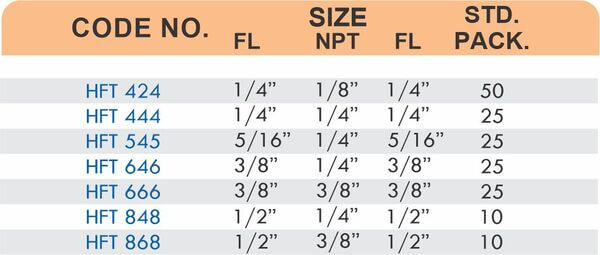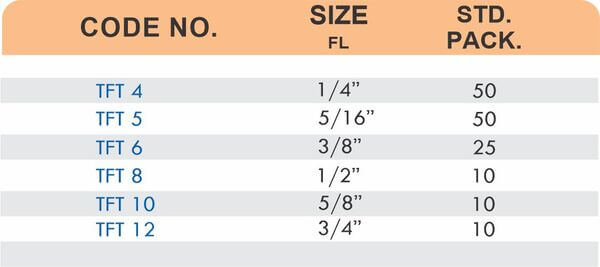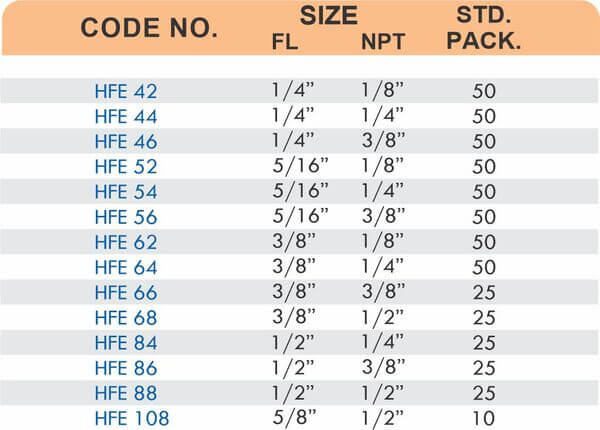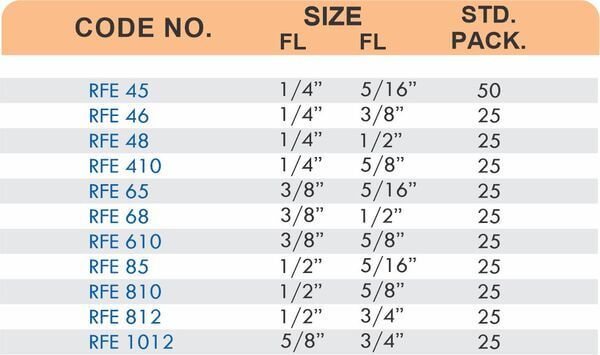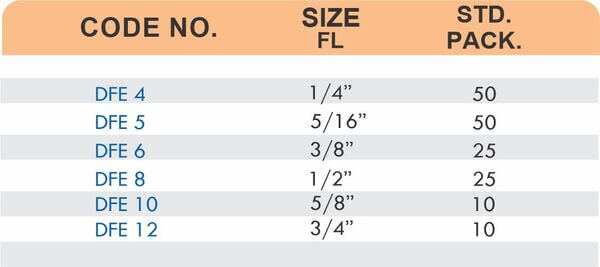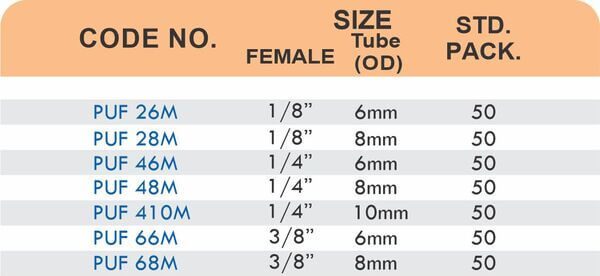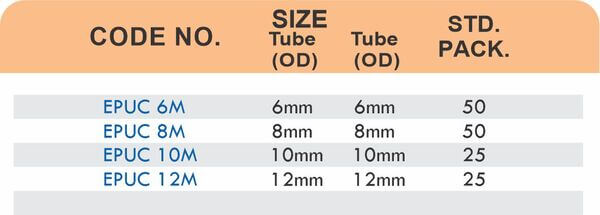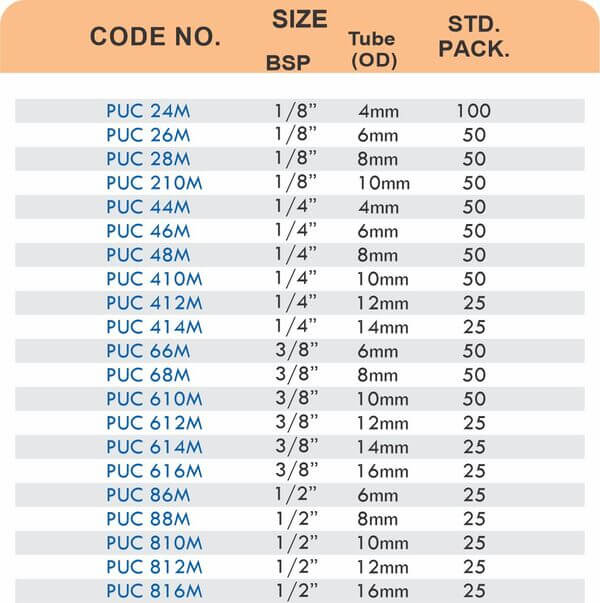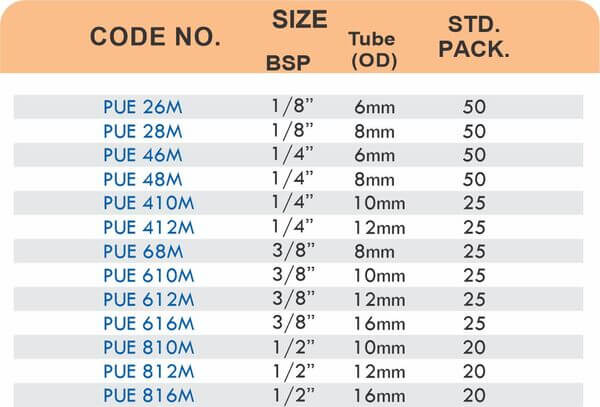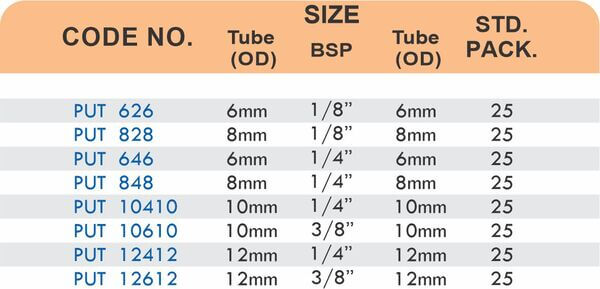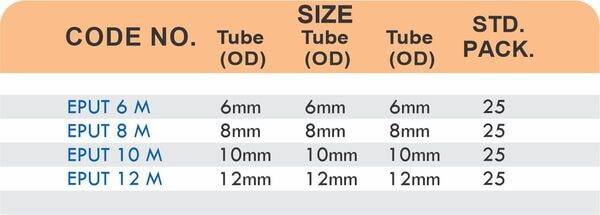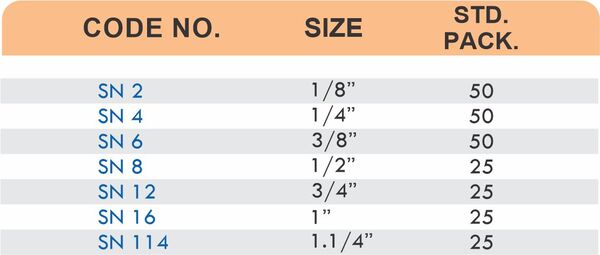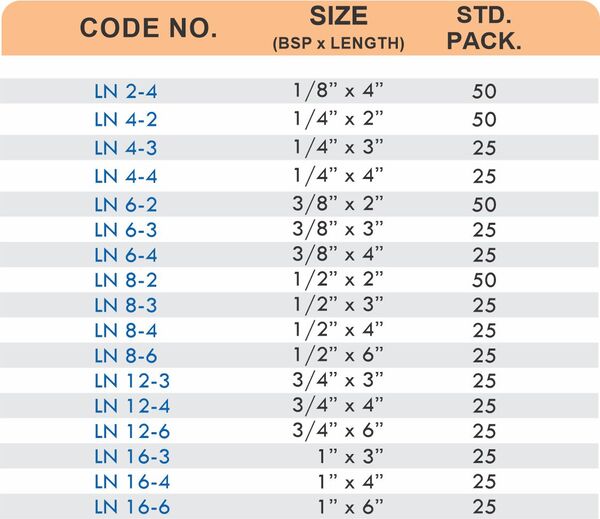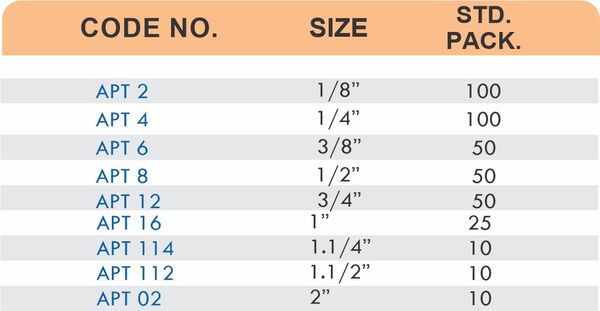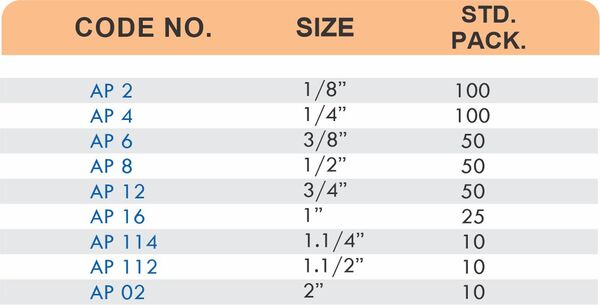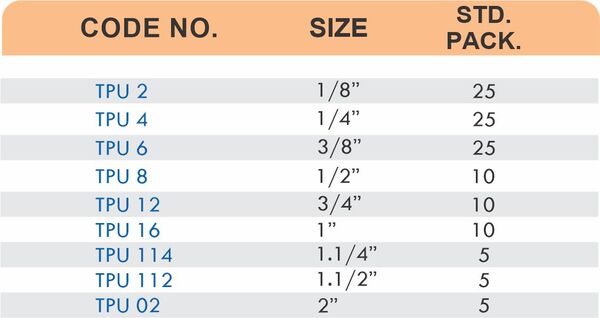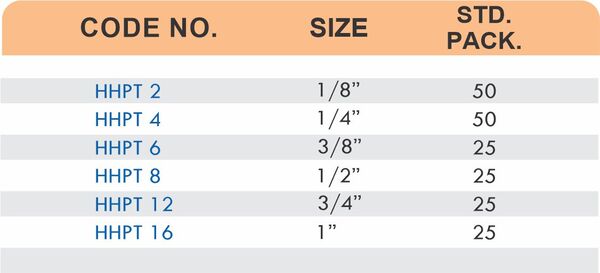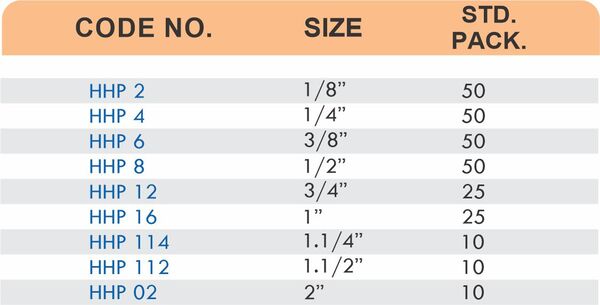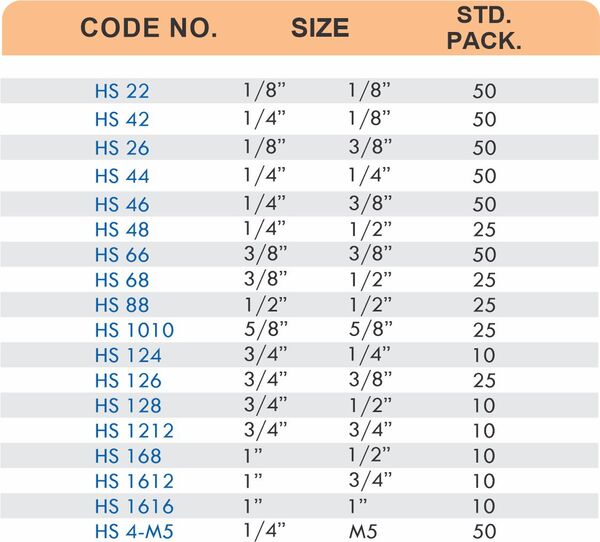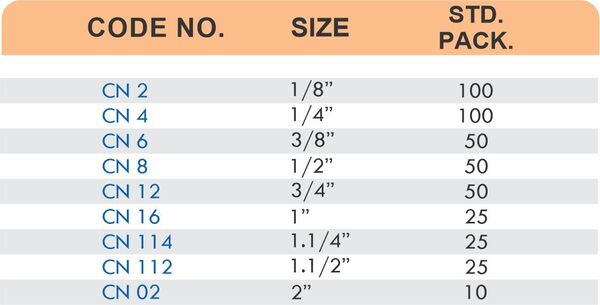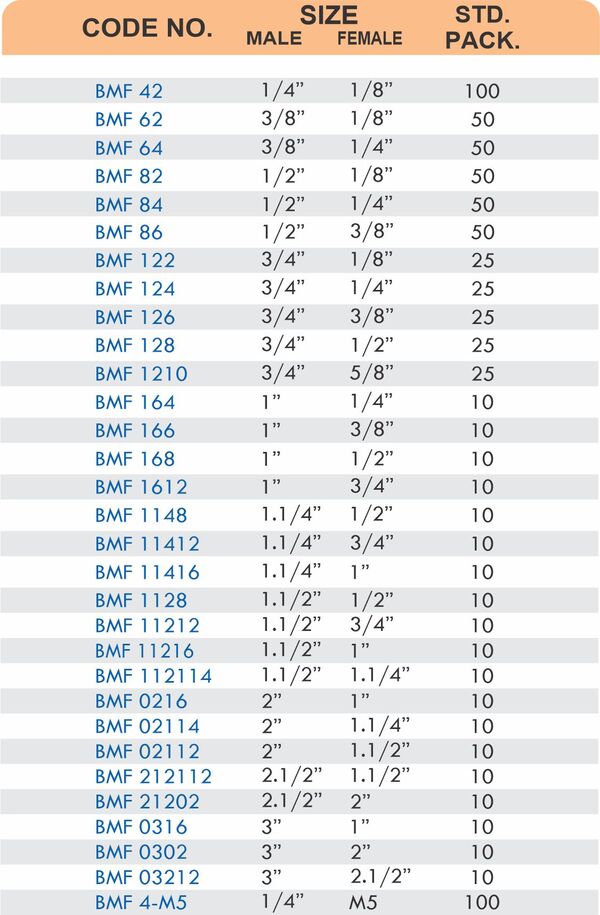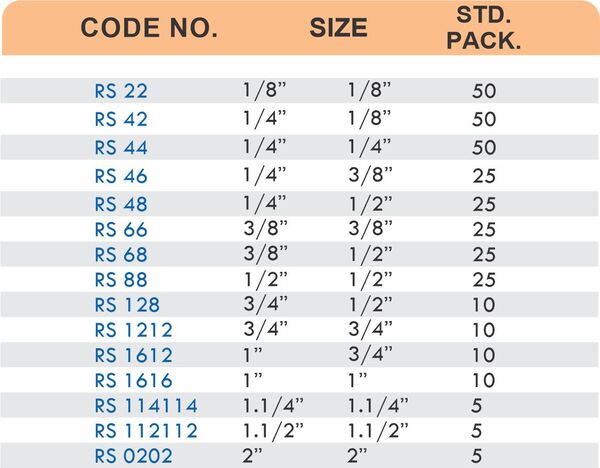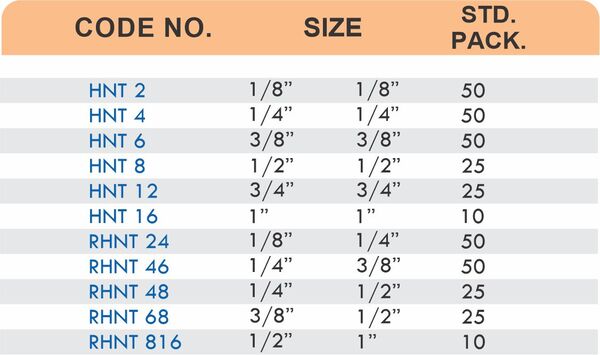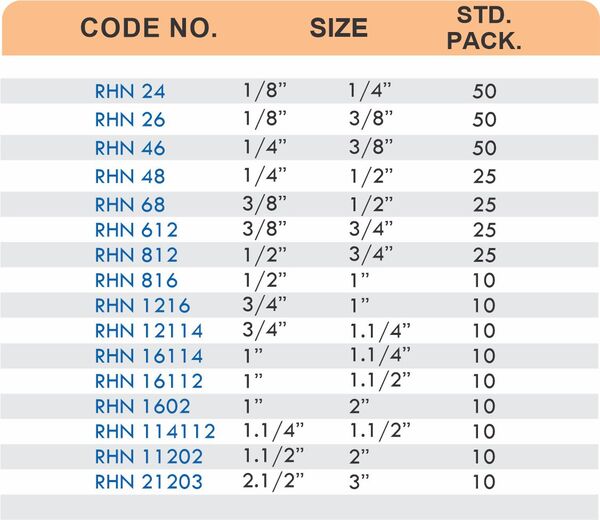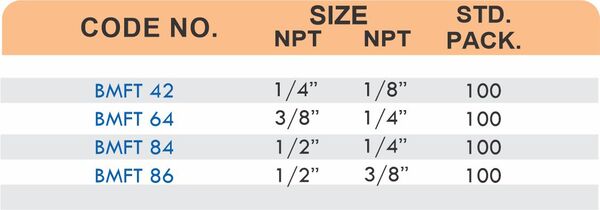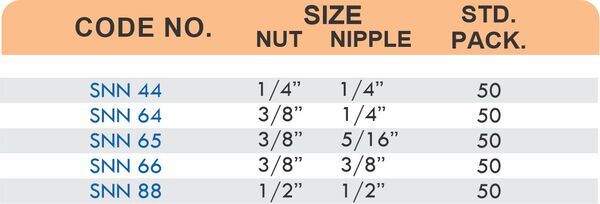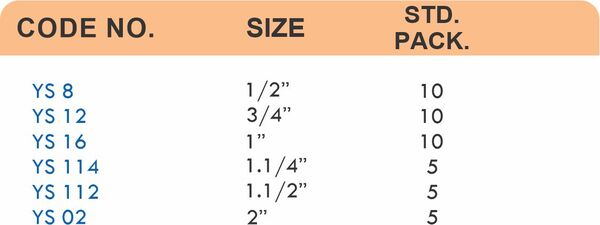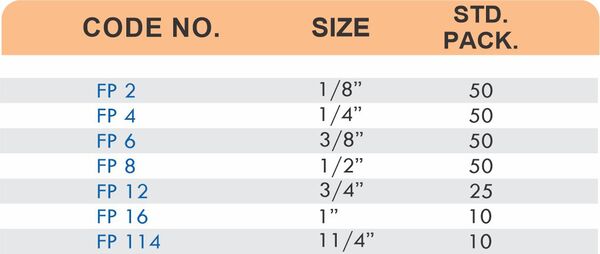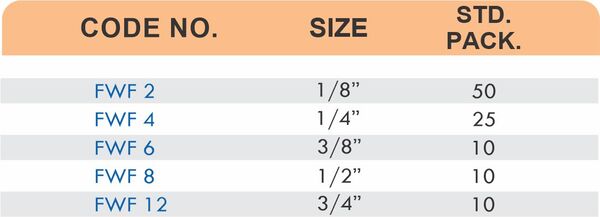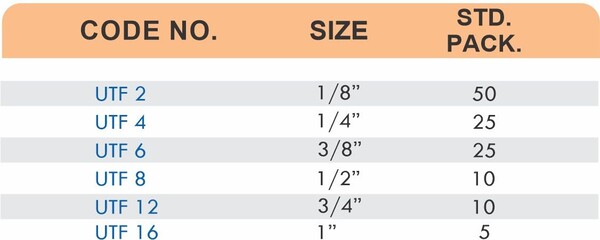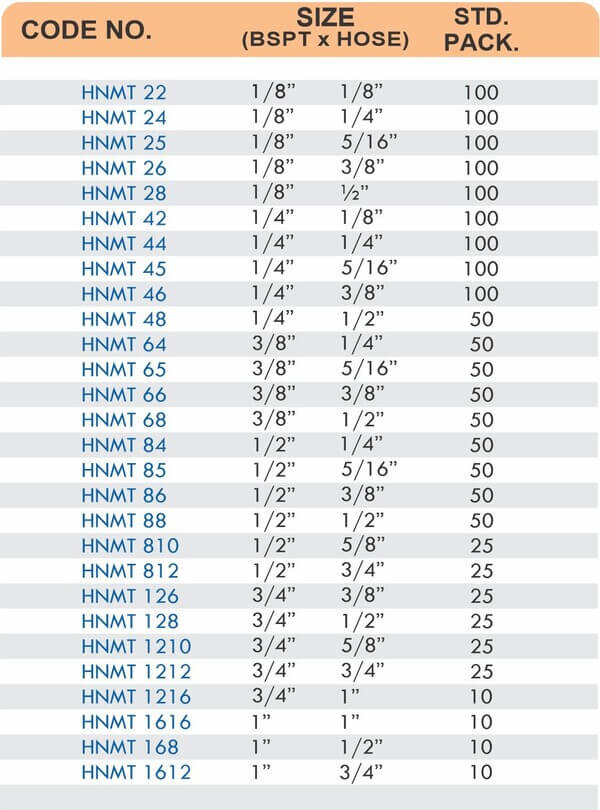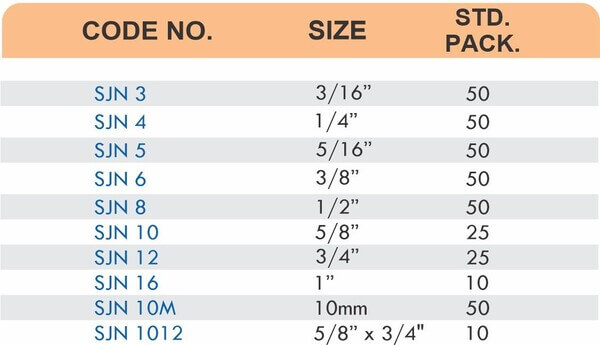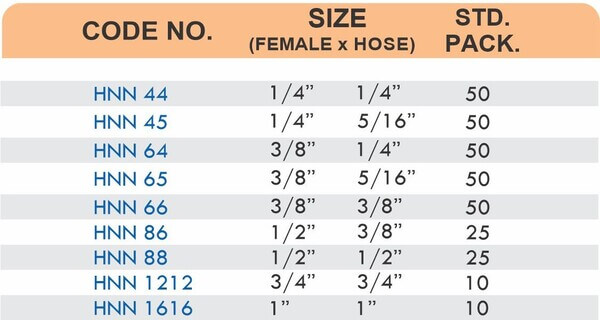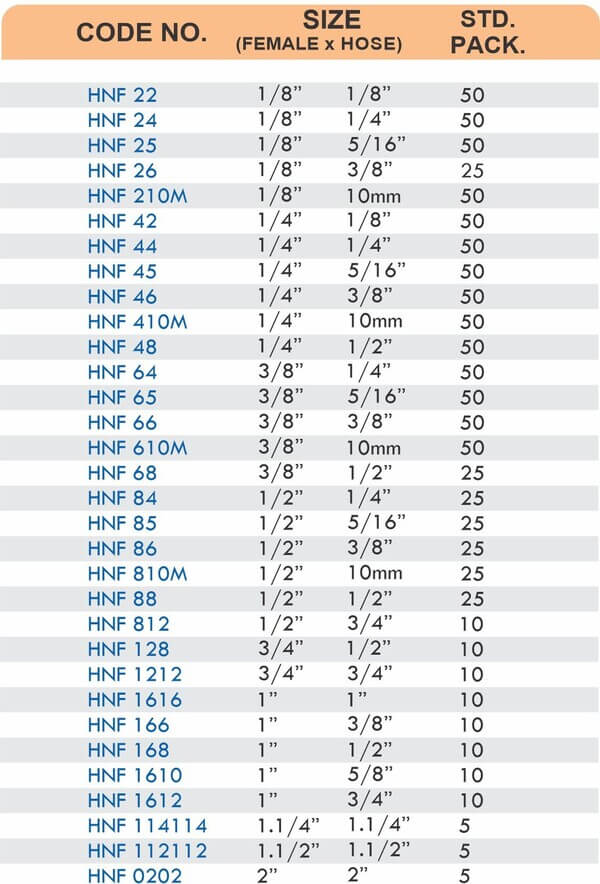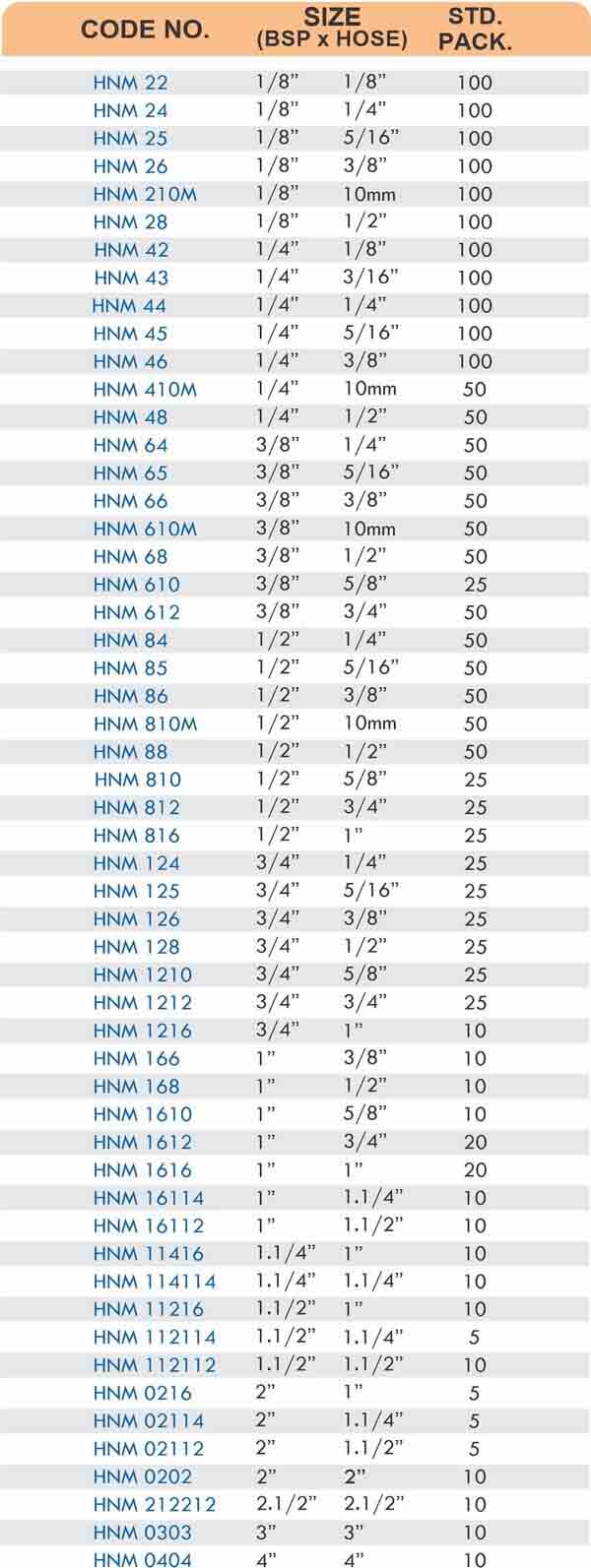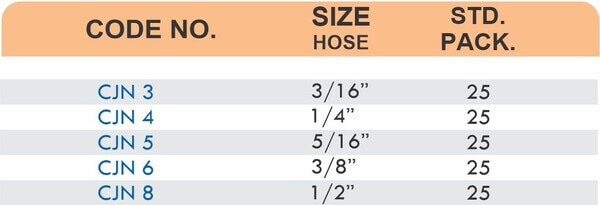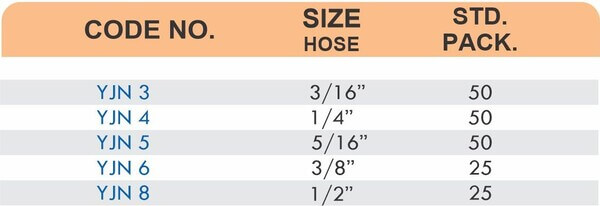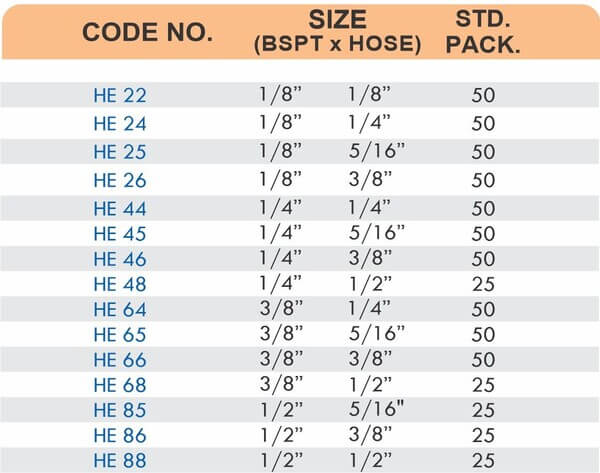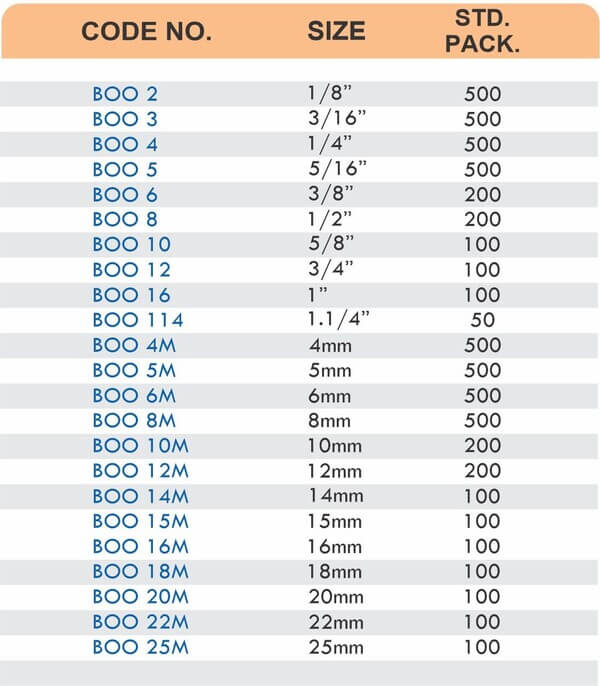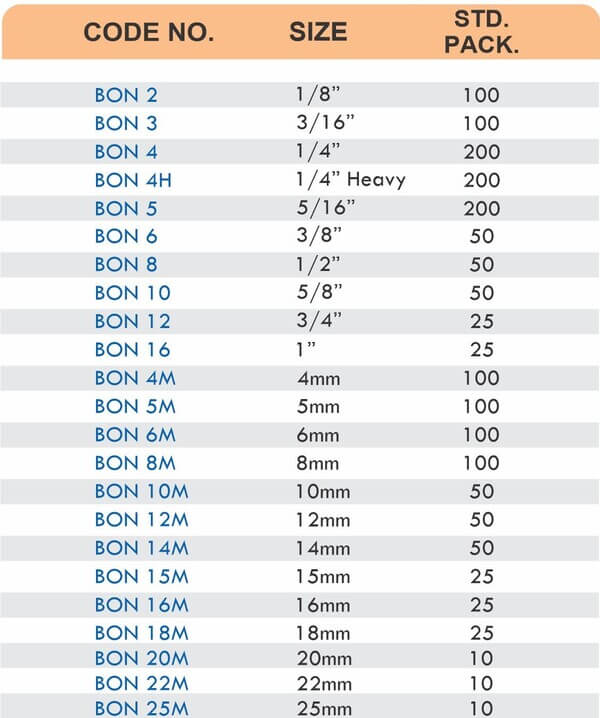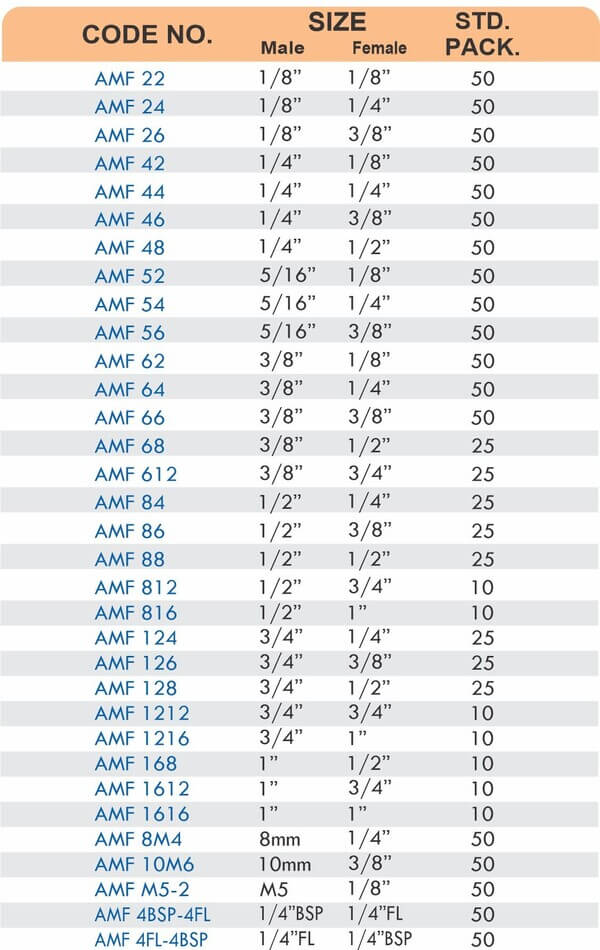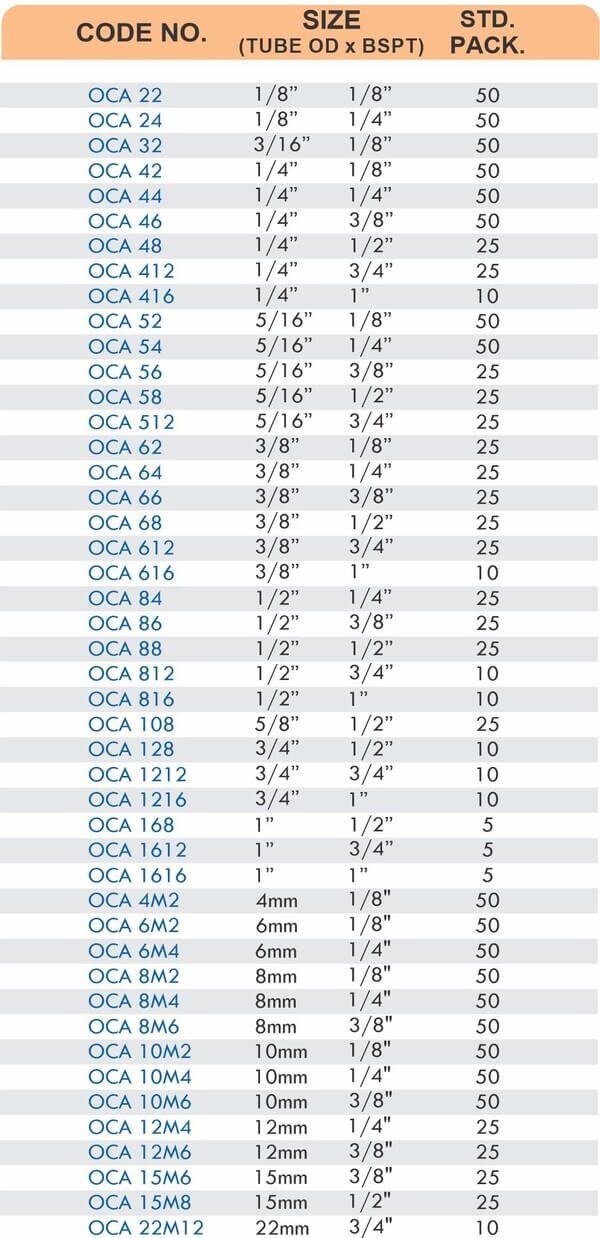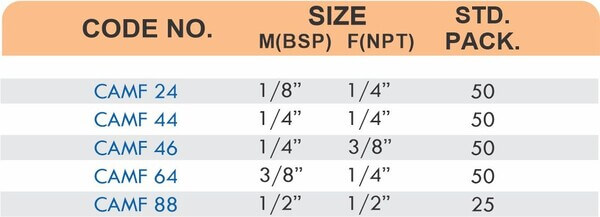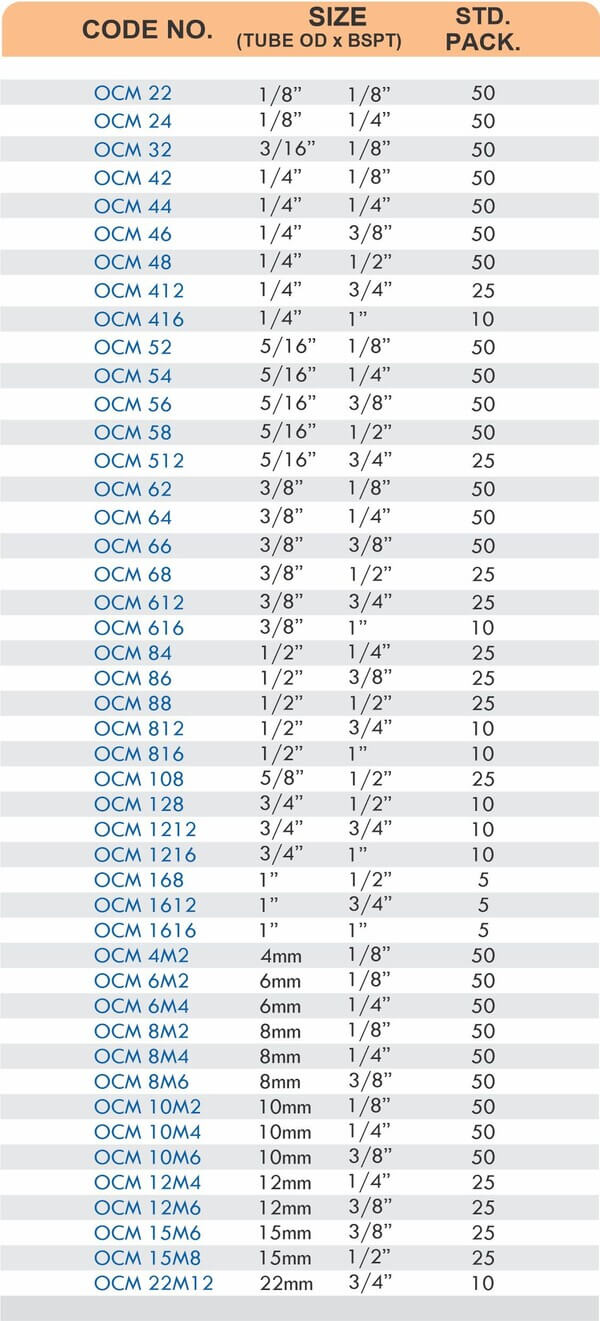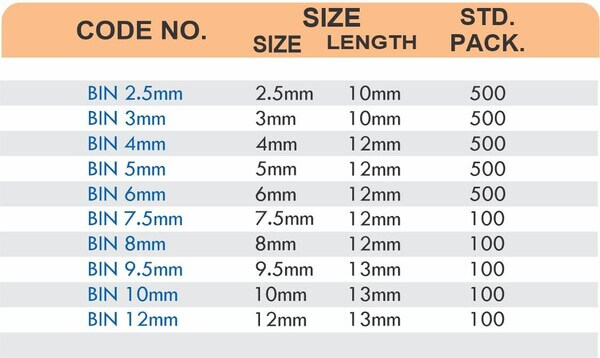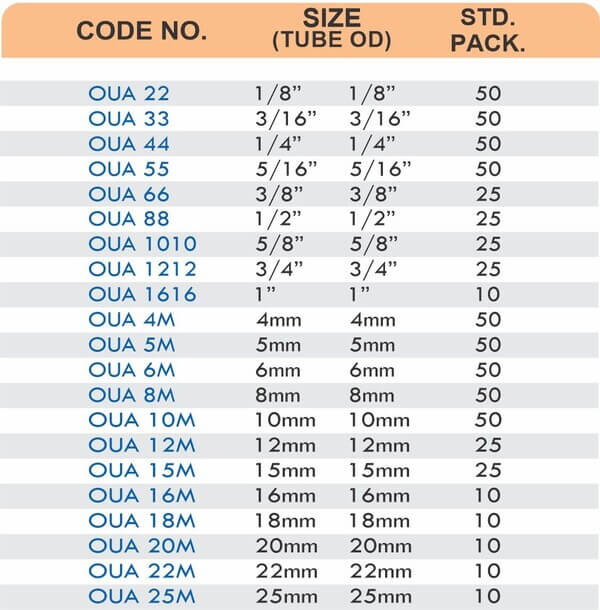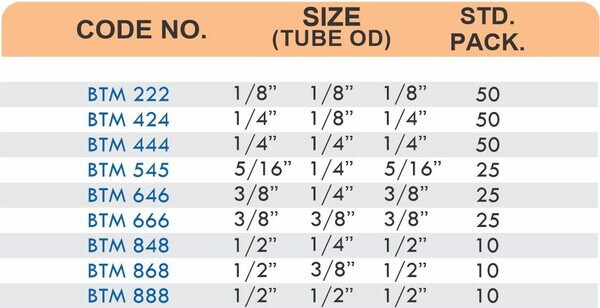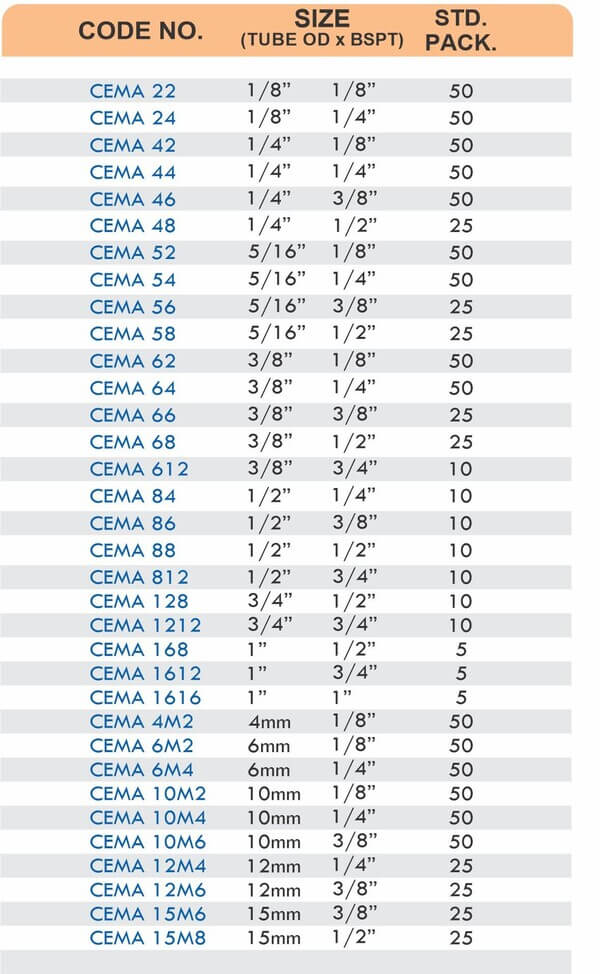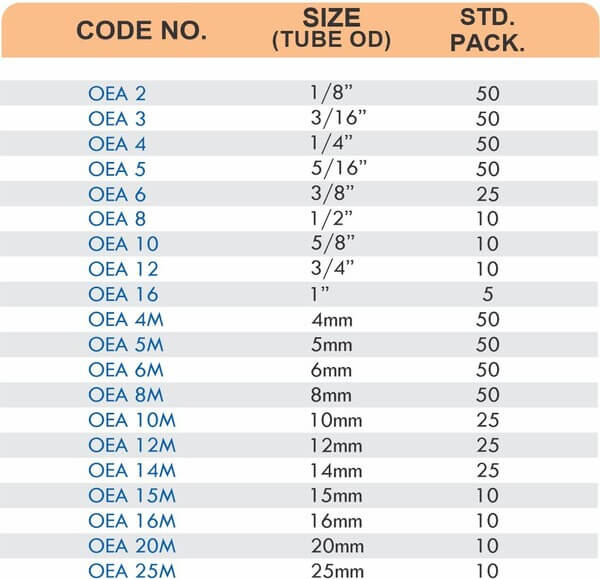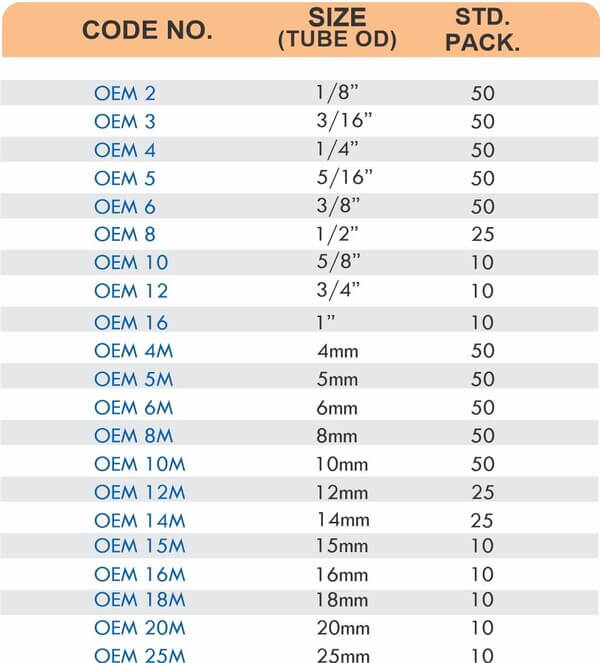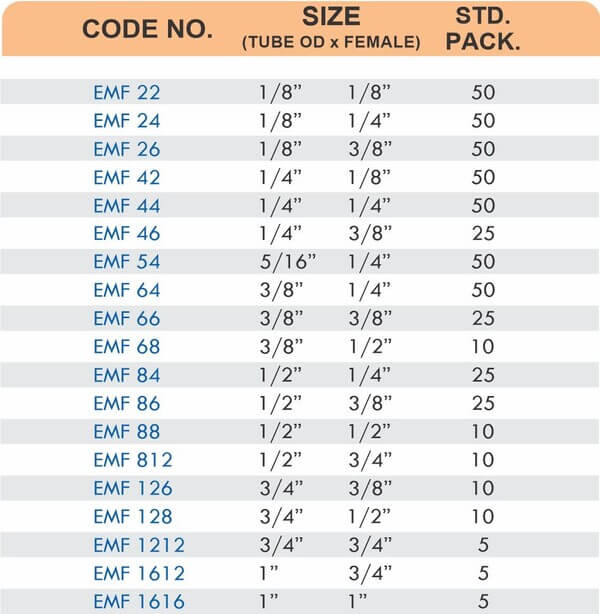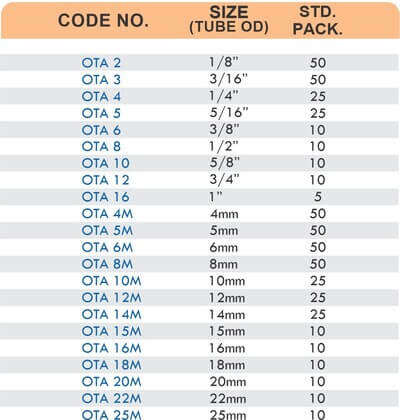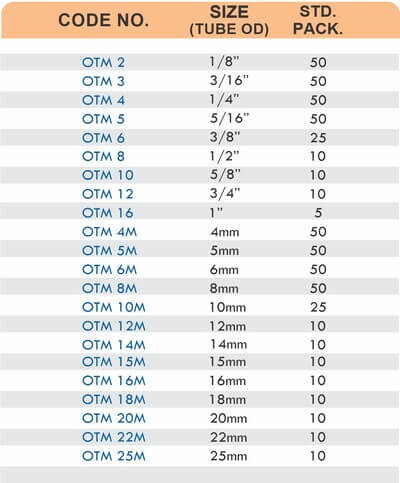
Stainless Steel Pipes vs. Tubes: Key Differences in Diameter, Manufacturing & Uses
Here’s an uncomfortable truth that costs manufacturers millions annually: ASTM A312 specifications cover diameters from 1/8″ to 36″ with thicknesses from SCH 10S to SCH 80S—yet 73% of procurement teams still use “pipes” and “tubes” interchangeably in their specifications. The result? Project delays, engineering rework, and catastrophic compatibility failures that could have been avoided with surgical precision in terminology.
The distinction isn’t semantic. It’s structural, financial, and sometimes, unfortunately, life-or-death.
Manufacturing DNA: Why Production Methods Define Performance
The manufacturing chasm between pipes and tubes runs deeper than surface tolerances. Pipes are born from pressure—designed to transport fluids under stress. ASTM standards mandate maximum deviations of 1.5 mm for pipes with OD above 50 mm, reflecting their transport-centric DNA. Tubes, conversely, emerge from precision forming processes, engineered for structural integrity and exact dimensional control.
This fundamental divergence manifests in three critical ways:
- Wall Thickness Philosophy: Pipes follow nominal sizing conventions where schedule numbers dictate wall thickness. A Schedule 40 pipe maintains consistent pressure ratings across diameter ranges, prioritizing flow capacity. Tubes operate on precise outside diameter specifications with exact wall measurements, optimizing strength-to-weight ratios for structural applications.
- Dimensional Tolerance Hierarchy: Stainless steel tubes maintain outer diameter ranges from 5.8-508mm with wall thickness precision from 0.3-50mm—tolerances that would cripple pipe flow efficiency but enable tubes to perform in precision assemblies where every millimeter matters.
- Surface Integrity Standards: The manufacturing divergence extends to surface quality. Pipes prioritize internal smoothness for fluid dynamics, while tubes demand external precision for fitting compatibility and aesthetic requirements.
The Diameter Deception: Why Size Specifications Mislead
Industry veterans know the dirty secret: pipe diameter measurements live in a parallel universe. When you specify a 2-inch pipe, you’re not getting 2 inches of anything measurable. The actual outside diameter clocks in at 2.375 inches—a legacy artifact from historical wall thickness conventions that refuses to die.
Tubes abandoned this charade decades ago. A 2-inch tube delivers exactly 2 inches of outside diameter, with wall thickness specified separately. This precision enables the modular assembly systems that define modern manufacturing.
The Hidden Cost: This diameter deception compounds exponentially in complex systems. With over 30 years of manufacturing experience, suppliers like K.K. Industries maintain inventory systems designed around these specification differences, ensuring the right product ships for the right application—but only when procurement teams specify correctly.
Application Battlegrounds: Where Choice Determines Success
Transport vs. Structure: The Fundamental Split
Pipes own the fluid transport domain—oil refineries, chemical plants, and water treatment facilities. Their pressure ratings and flow optimization make them irreplaceable in systems where internal stress dominates design requirements.
Tubes rule structural applications—heat exchangers, automotive frames, and architectural elements. Tube fittings in ferrule and double-ferrule configurations enable the precise connections that structural systems demand.
The Gray Zone: Where Applications Blur
Heat exchangers present the classic crossover challenge. The transport function suggests pipes, but the precision assembly requirements scream tubes. Winners choose tubes—the dimensional accuracy enables tight bundle packing and efficient heat transfer that pipes simply cannot match.
The Procurement Power Move: Strategic Selection Framework
Smart manufacturers leverage this pipes-versus-tubes distinction strategically. Rather than defaulting to familiar territory, they optimize selection based on three decision vectors:
- Pressure Priority: Internal pressure above 150 PSI with fluid transport requirements tilts toward pipes. The schedule-based wall thickness system provides proven pressure ratings with established safety margins.
- Precision Demand: Tolerances under ±0.5 mm for outside diameter or wall thickness require tubes. The manufacturing process delivers the dimensional control that precision assemblies demand.
- System Integration: Multi-component assemblies with standardized fittings favor tubes. The exact dimensional specifications enable modular design approaches that reduce assembly complexity.
The Manufacturing Reality Check
Leading manufacturers maintain large stocks of both stainless steel pipes and tubes at competitive prices, recognizing that optimal system performance requires the right product for the specific application. The procurement win comes from understanding the distinction and specifying accordingly.
Winners understand that every specification decision cascades through manufacturing, assembly, and long-term performance. The $2.4 billion in annual rework costs isn’t inevitable. It’s the price of imprecision in a precision-demanding world.
When specification accuracy matters, the distinction between pipes and tubes becomes your competitive edge. Choose accordingly.

